High-Intensity Interval Training (HIIT) doesn’t have to mean high impact. For people managing knee pain, traditional workouts can be discouraging or even painful. But with the right modifications and strategies, HIIT can be a safe, efficient, and powerful way to build strength, boost endurance, and improve overall fitness—without aggravating your knees.
The good news? These workouts don’t require a gym membership, fancy equipment, or hours of your day. Designed with real-life schedules in mind, these 14 expert-led tips offer practical, low-impact solutions that fit into even the busiest routines.
HIIT is known for burning calories quickly and improving cardiovascular health in short bursts. When adapted properly, it can strengthen the muscles around the knee—like the quadriceps, hamstrings, and glutes—without placing excessive stress on the joint itself. The key is choosing movements that minimize compression and twisting while maximizing control and stability.
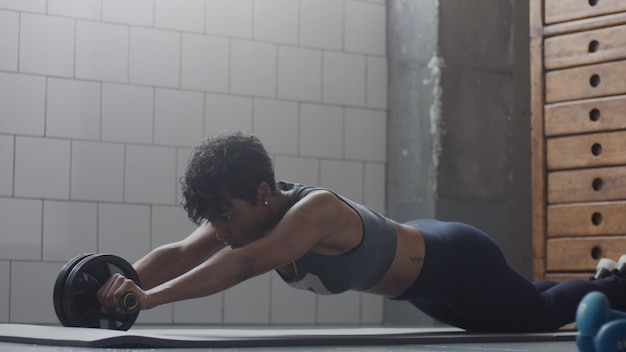
Performing movements with proper alignment reduces strain on the knee. Prioritize controlled motions over fast reps, especially during squats, lunges, and step-ups.
Limit your range of motion to keep knees behind your toes and at or above 90 degrees. Shallow squats and partial lunges can still build strength without overloading the joint.
Swap jumping jacks or burpees for seated or standing cardio moves like marching in place, arm circles with pulses, or standing knee lifts without bouncing.
Incorporate chair squats or wall push-offs to maintain balance and reduce knee pressure. These tools make exercises safer and more accessible.
Static exercises like wall sits (with limited depth) or glute bridges build strength without joint movement, making them ideal for sensitive knees.
Try 20 seconds of effort followed by 40 seconds of rest. This allows you to maintain intensity without over-fatiguing the joint stabilizers.
Use a yoga mat or carpeted floor to cushion your movements. Hard floors increase impact, even in low-impact routines.
Include exercises that target hips and core stability—like clamshells, seated leg extensions, and standing marches. Stronger surrounding muscles reduce knee strain.
Lateral lunges or rotational jumps can stress the ligaments. Stick to forward-and-back or up-and-down movements.
Start with 5 minutes of light movement—ankle circles, seated marches, or gentle leg swings—to increase blood flow and joint lubrication.
End with seated hamstring stretches, calf stretches, and quad stretches to maintain flexibility and reduce stiffness.
Short, focused sessions are easier to schedule and less likely to cause joint fatigue. Three 10-minute sessions a day can be just as effective as one long workout.
Discomfort is normal, but sharp or lasting pain is not. Adjust or stop any movement that causes knee pain. Recovery is part of progress.
A water bottle can be a light weight, a towel offers resistance, and a sturdy chair doubles as a support tool. Minimal gear means fewer barriers to starting.
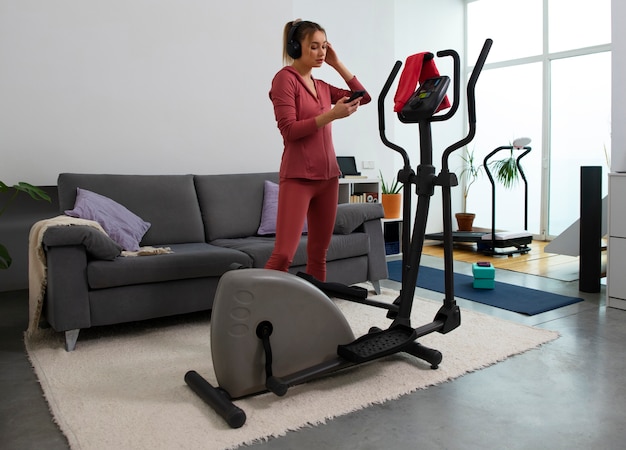
Living with knee pain doesn’t mean giving up on fitness. With smart modifications and a focus on joint safety, HIIT can be a sustainable, energizing part of your routine. These 14 tips are designed to fit into real life—no gym, no pressure, just progress.
Start small, stay consistent, and let your body guide the pace. Over time, you’ll build strength, confidence, and resilience—one low-impact rep at a time.

Fitness

Fitness

Fitness

Fitness
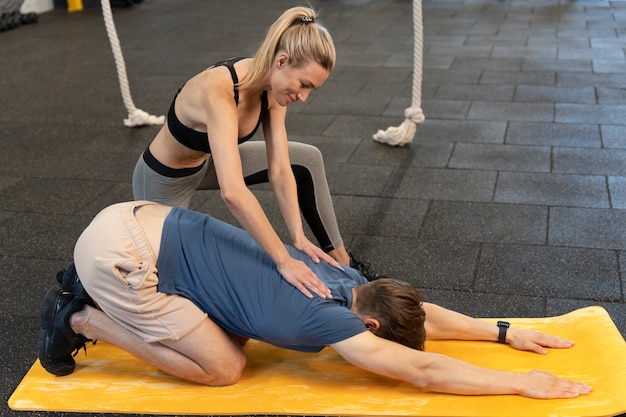
Wellness
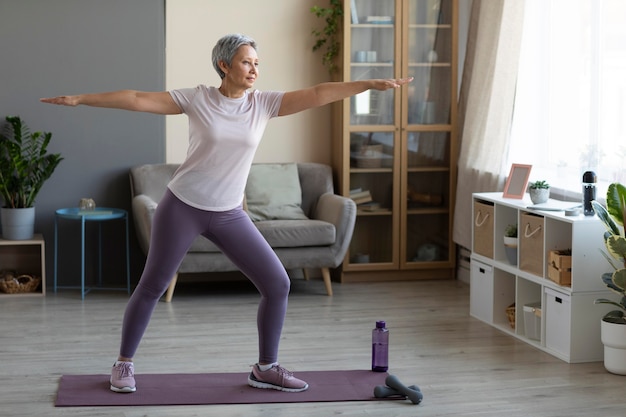
Fitness

Wellness
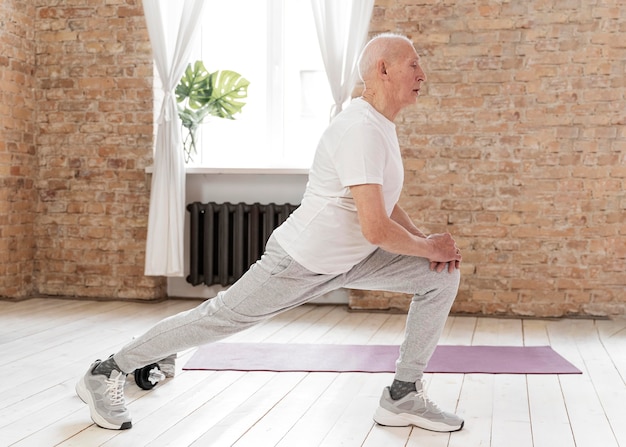
Fitness
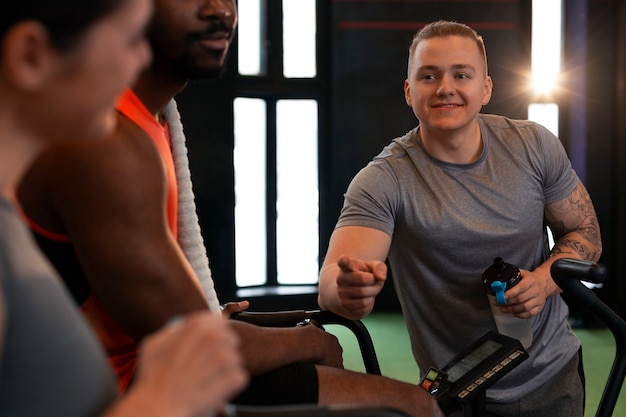
Health
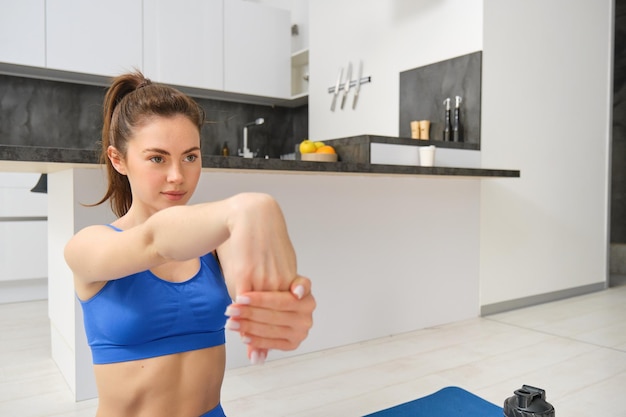
Fitness
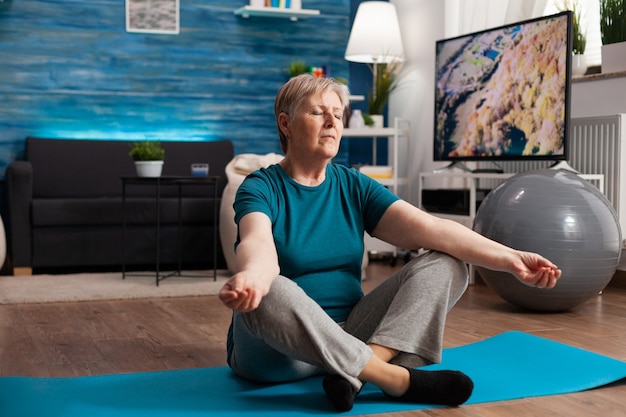
Health

Wellness

Health

Fitness

Health

Health